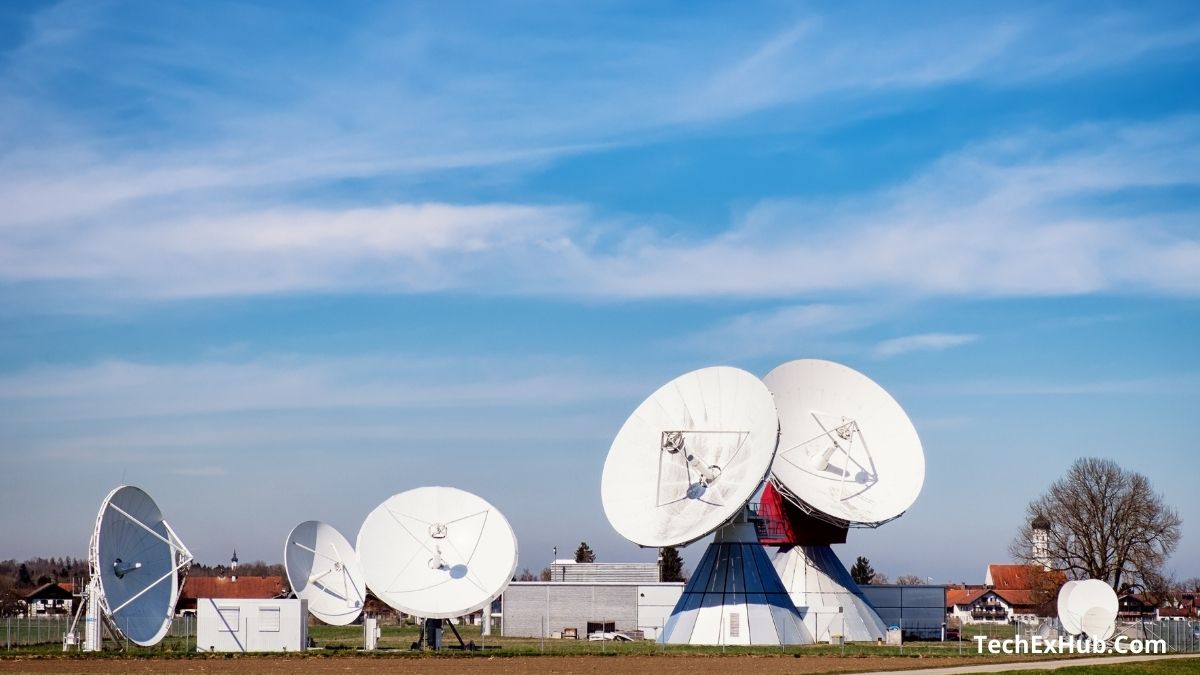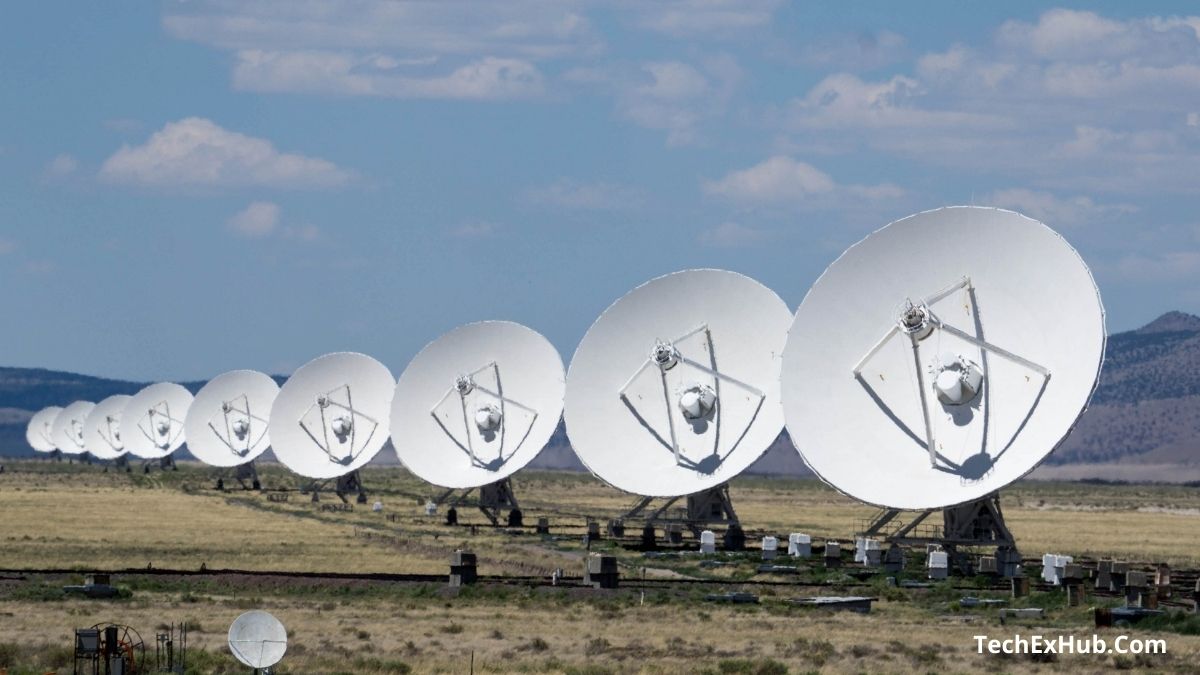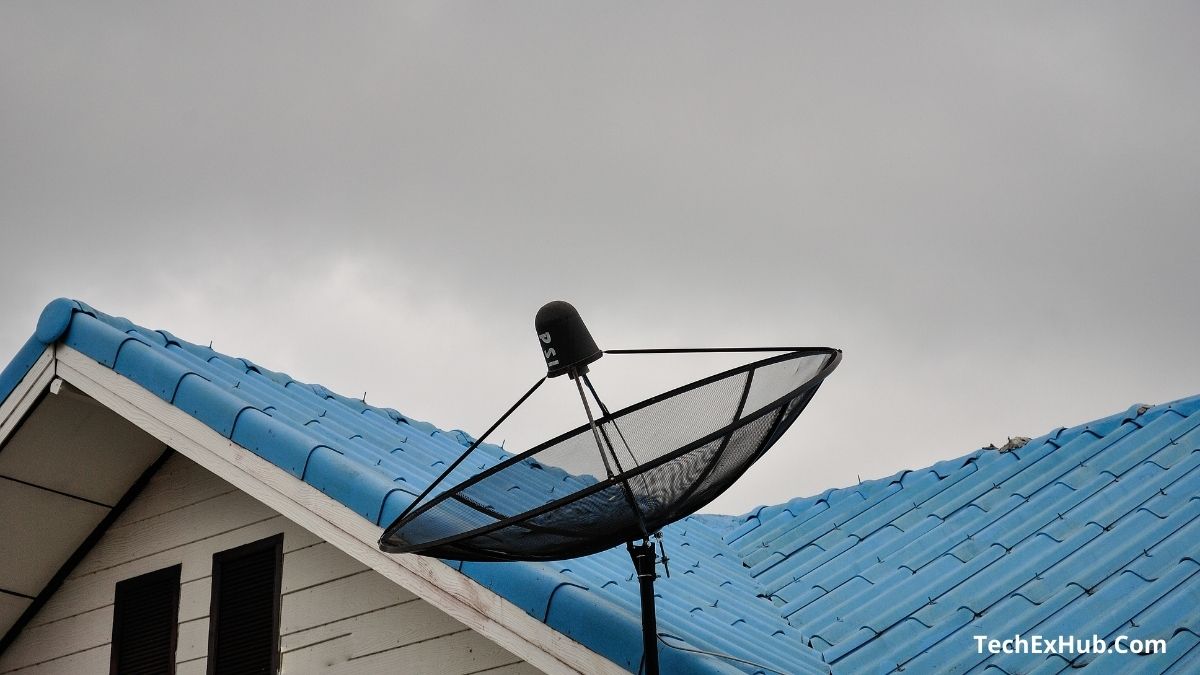Satellite radio has been one of the biggest advances in broadcasting since the launch of FM. The satellite radio signal can be broadcast over 35,000 kilometers (22,000 miles) with perfect clarity and high-quality sound. You will never experience a standing ovation while listening to over a hundred radio stations. The idea of satellite radio emerged in 1992 when the United States Federal Communications Commission assigned the S-band (frequency 2.3 GHz) to Digital Audio Radio Service. The broadcasting license for that group was granted to Sirius Satellite Radio and XM Satellite Radio in 1997. There are now three companies that provide satellite radio in the world: Sirius and XM in North America and WorldSpace in Asia, Europe, and Africa.
Each of these companies offers a variety of broadcasting programs because each radio signal is a local owner. This means that you will have to purchase different Hardware depending on your subscription to one of these companies. Different satellite radio companies broadcast radio signals in different ways. For example, XM satellite radio uses geostationary satellites with parallel orbits along the earth’s orbit. These satellites are located over the equator. To allow subscribers to receive crystal clear signals despite obstacles such as buildings, hills, or bridges, the XM radio app incorporates a repetitive horn network that receives radio signals from satellites and transmits them to registrar Sirius receivers, on the other hand, using satellite navigation satellites. These types of lines allow satellites to rise higher in the sky than geostationary satellites and this prevents signal loss. This is the reason why Sirius has fewer repetitions of the earth than XM.
Satellite radio services have digital broadcasting centers where large amounts of music are stored in digital format and CD format. Radio presenters are responsible for choosing which songs to play at what time. There are many studios run by digital radio companies where artists perform live. All songs and transmissions are transmitted to satellites in digital format so that the signal contains high-quality audio. The signal is inserted by a satellite and then transmitted to the repeating antennas, then transmitted to the radio receiver of your choice, and plays audio. The whole process is fast and reliable. Digital compression is a method that uses high-resolution techniques to compress as many objects as available on available bandwidth. Once you have subscribed to a satellite radio provider you will need the appropriate radio equipment. Traditional radios cannot transmit signals received from satellites so you will need special equipment.
The popularity of satellite radio has skyrocketed due to technological advances that enable manufacturers to offer recipients at very attractive prices. The fact that satellite radio is trading for free on most of its channels is also a major selling point.
Article Source
Techexhub requires writers All ways Show their article source to readers to discover more information on. These include white papers, original reporting and, interviews with industry experts. We also reference original research from other reputable publishers where appropriate.
- Wikipedia.com – How Do They Do It?
- Viastech.com – This Is How Satellite Radio Works
- Xm-radio-satellite.com – How Your Sirius XM Radio Works



